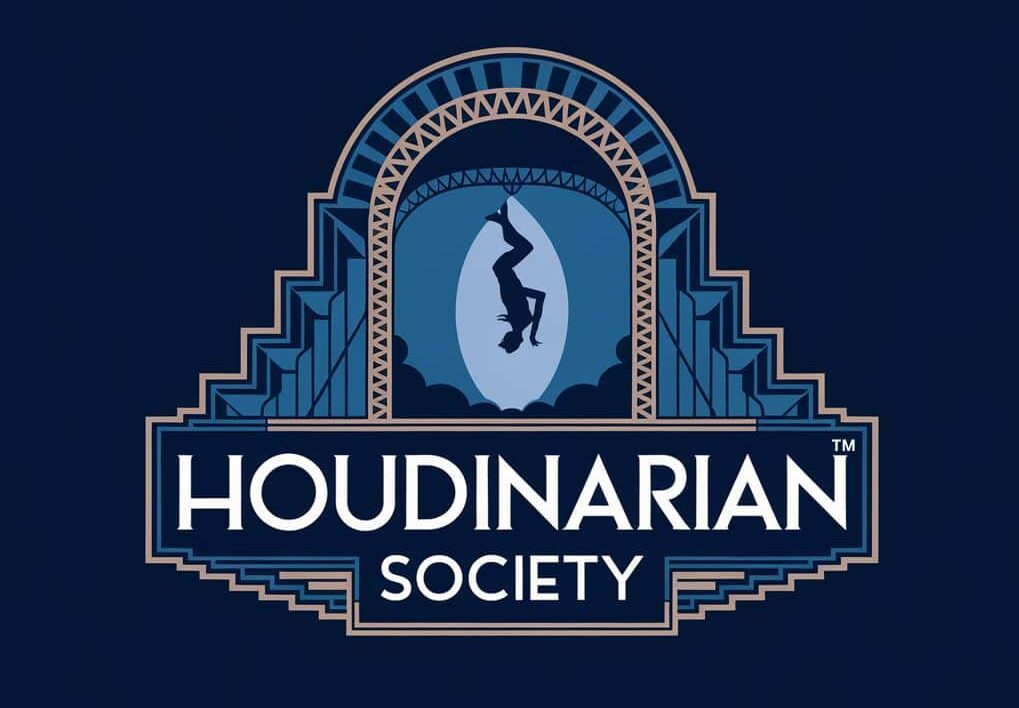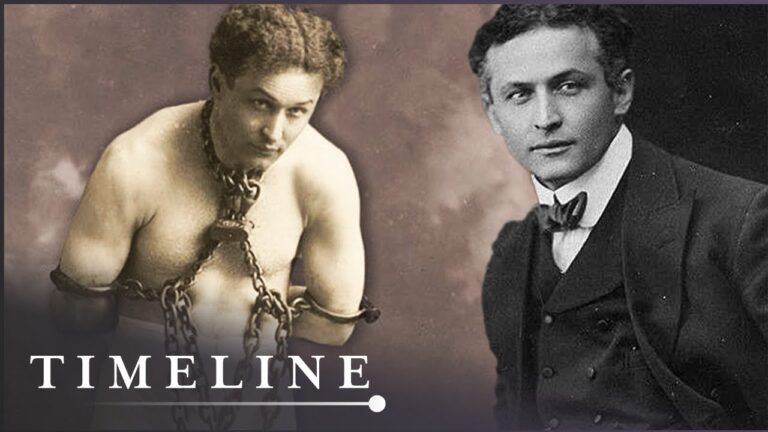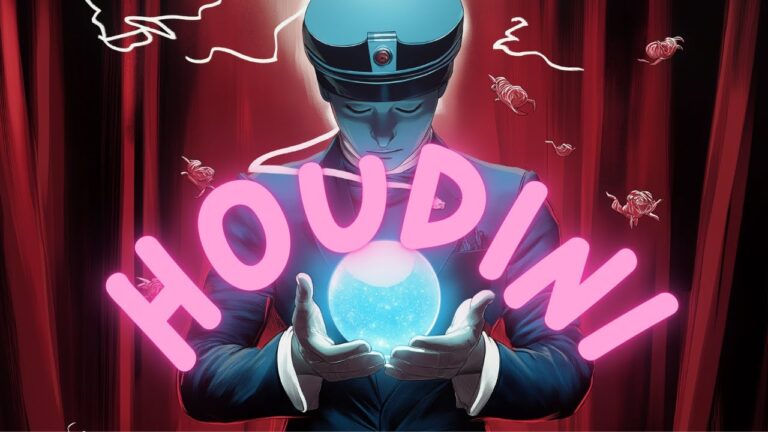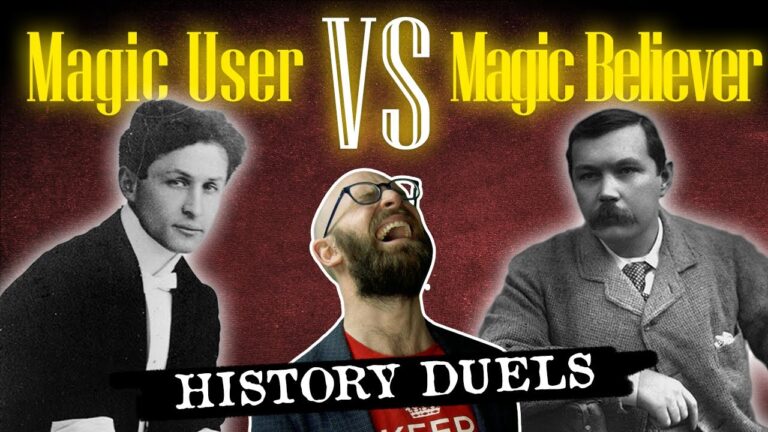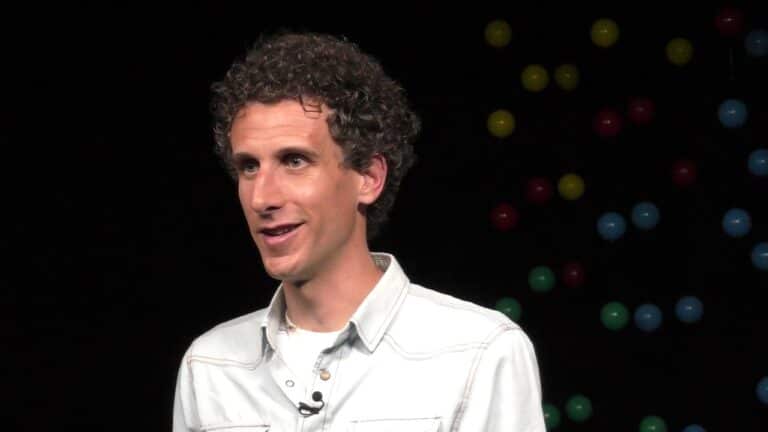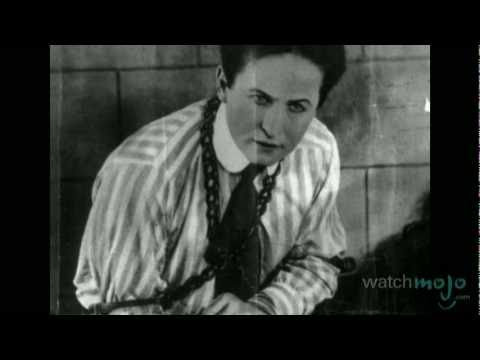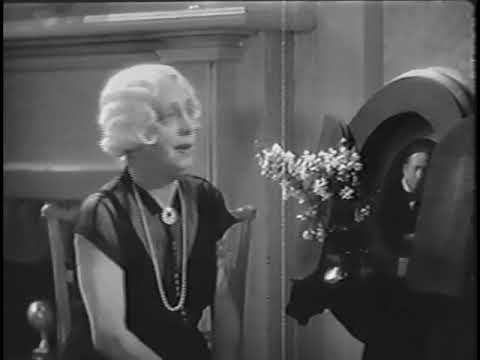Houdini’s Most Iconic Tricks: A Breakdown of Their Historical Significance
Harry Houdini captivated audiences with his daring escapes and magical performances that pushed the boundaries of what seemed possible. His most significant tricks included the Chinese Water Torture Cell, the Milk Can Escape, and his famous bridge jumps.
You might know Houdini’s name, but the true genius behind his performances went beyond mere tricks. His 23-meter upside-down straitjacket escapes drew massive crowds and newspaper coverage, turning him into one of the first modern media celebrities.
When you look at Houdini’s career, each spectacular stunt served a bigger purpose. His performances challenged people’s beliefs about what was possible and turned skepticism into wonder.
The Chinese Water Torture Cell

The Chinese Water Torture Cell stands as Harry Houdini’s most daring and innovative escape. This deadly contraption required him to escape while suspended upside-down in a tank of water with his feet locked in stocks.
Historical Context And Development
Houdini first performed this feat in 1912, marking a bold departure from traditional escape acts. The trick got its name from the alleged Chinese torture method, though Houdini’s version was purely theatrical.
During performances, he would give different introductory speeches to build suspense. The act took months to perfect, with countless rehearsals to ensure safety and dramatic impact.
Houdini spent $10,000 developing the apparatus, a remarkable sum for the time. The original cell measured 6 feet tall, 30 inches wide, and 22 inches deep.
Technical Innovation And Engineering
The cell’s construction featured tempered glass panels held together by nickel-plated steel frames. Every component required precise engineering to withstand water pressure and repeated use.
The stocks that held Houdini’s ankles were specially designed with hidden mechanisms. To prove the trick’s legitimacy, he offered $1,000 to any spectator who could prove he received oxygen while locked inside.
The tank included a secret drainage system and emergency release mechanisms. Multiple safety features ensured Houdini could escape if something went wrong.
Cultural Impact At The Time
The act created unprecedented media attention. Newspapers across the globe covered the death-defying escape, driving massive crowds to theaters.
Medical professionals often attended shows to verify the physical dangers. Many believed no human could survive being suspended upside-down in water for several minutes.
The trick sparked public debates about human endurance limits. Some cities initially banned the performance, considering it too dangerous.
Lasting Influence On Modern Magic
Modern magicians still study the technical brilliance of the Water Torture Cell. Its influence appears in countless underwater escapes performed today.
The act revolutionized how magicians approach danger in performances. It set new standards for combining theatrical presentation with genuine risk.
Television specials frequently reference this iconic illusion. Many magic museums display replicas, though the original cell was destroyed in a fire in 1995.
The escape remains a benchmark against which dangerous magic acts are measured. Few illusions have matched its perfect blend of suspense, danger, and showmanship.
The Milk Can Escape

The milk can escape stands as one of Houdini’s most death-defying feats, combining dramatic tension with genuine physical peril. His ability to escape from a padlocked can filled with water captured audiences’ imaginations and cemented his reputation as the world’s greatest escape artist.
Origins And Initial Performances
In 1908, Houdini first introduced this breathtaking escape to audiences at London’s Hippodrome. He wanted to create something more dramatic than his handcuff escapes, something that would truly terrify spectators.
The original performances involved actual milk, though he later switched to water after discovering milk affected the air supply inside the container.
His assistants would pour bucket after bucket of liquid into the can until it overflowed, emphasizing the impossibility of any air pocket remaining.
Mechanics And Design
The milk can measured approximately 5 feet tall and 3 feet wide, custom-built to Houdini’s specifications. You could easily see its solid metal construction and heavy-duty padlocks.
Multiple locks secured the lid, and Houdini would be handcuffed before being lowered inside. The time limit was set at three minutes – the maximum time he could hold his breath.
To increase difficulty, he later added extra challenges:
- Enclosing the can in a wooden chest
- Adding chains around the container
- Using multiple padlocks on both can and chest
Public Reception And Media Coverage
Audiences sat spellbound during the escape, with many unable to watch the full performance. Local newspapers frequently reported spectators fainting from tension.
His promotional posters declared: “Failure Means A Drowning Death!” This messaging sparked intense public interest and debate about the trick’s danger level.
Theater managers had to sign contracts confirming they had ambulances on standby, adding to the performance’s suspense.
Contribution To Houdini’s Legacy
The milk can escape transformed Houdini from a skilled escapologist into a legendary performer who seemingly risked death at every show.
This iconic trick influenced countless future magicians and helped establish escape artistry as a distinct form of entertainment.
The performance demonstrated Houdini’s genius for combining technical skill with theatrical presentation. Even today, the milk can escape remains a benchmark against which modern escape artists measure their acts.
The Suspended Straitjacket Escape

Houdini’s suspended straitjacket escape ranks among his most daring and visually striking performances. His ability to free himself while dangling upside down from tall buildings captured public imagination and transformed a medical restraint into theatrical magic.
Evolution Of The Trick
The first suspended straitjacket escape took place in Kansas City on September 8, 1915. You might be surprised to learn that Houdini developed this variation after years of performing regular straitjacket escapes on stage.
The addition of the suspension element turned a confined performance into a public spectacle. Houdini would hang from newspaper buildings, theaters, and department stores, often drawing crowds numbering in the thousands.
He perfected the technique through countless performances between 1915 and 1923, making the escape increasingly dramatic and technically complex.
Execution And Technical Challenges
The performance required immense physical strength and careful preparation. Houdini faced three main obstacles:
- Managing blood rush to the head while inverted
- Maintaining body control while swaying in the wind
- Executing precise movements with restricted visibility
The straitjacket itself presented unique challenges. You had to understand its weak points and know exactly how to manipulate the canvas and straps while working against gravity.
Houdini would start by expanding his chest during initial restraining, giving himself crucial extra room to maneuver once suspended.
Audience Reactions And Publicity Stunts
The sight of Houdini hanging upside down created instant publicity. Local newspapers would promote these events days in advance, building anticipation throughout the city.
Crowds would gather hours before scheduled performances. Police often struggled to control the masses of spectators who filled streets and blocked traffic.
Houdini timed his escapes perfectly for maximum dramatic effect. He knew the exact moment to make his final triumphant move, raising his freed arms in victory as crowds erupted in applause.
Enduring Significance In Magic History
The suspended straitjacket escape revolutionized outdoor promotional performances. It showed magicians how to turn intimate theatrical illusions into grand public spectacles.
Modern escape artists still perform variations of this trick, though few match Houdini’s original impact. The image of him suspended above city streets remains one of magic’s most iconic visuals.
This escape perfectly embodied Houdini’s genius for combining technical skill, physical prowess, and showmanship.
The Revolution Of Theatrical Entertainment
Harry Houdini transformed magic from simple tricks into grand theatrical spectacles that captured public imagination and set new standards for live entertainment.
How Houdini Changed Stage Performances
You would hardly recognize early magic shows compared to what Houdini created. He turned simple escapes into dramatic theatrical productions that kept audiences on the edge of their seats.
His performances featured elaborate stagecraft, including custom-built props and carefully orchestrated timing. The Chinese Water Torture Cell exemplified this approach – a crystal tank filled with water, suspended chains, and the ever-present risk of drowning.
His marketing genius showed in his public challenges, where he would invite local police to bring their strongest restraints. These publicity stunts drew massive crowds and newspaper coverage.
Influence On Contemporary Magicians
Modern magicians still study Houdini’s methods of audience engagement. His technique of building suspense through carefully timed escapes remains a cornerstone of magical performance.
His innovation of combining physical prowess with sleight of hand created a new archetype for magicians. You can see his influence in the work of David Copperfield, Penn & Teller, and David Blaine.
The concept of the “death-defying” stunt, which Houdini pioneered, became a standard element in magic shows worldwide.
Integration Of Drama And Illusion
Houdini mastered the art of storytelling through his performances. His most impressive feat was making an elephant vanish at the New York Hippodrome. This combined grand illusion with theatrical flair.
He incorporated elements of danger, suspense, and psychology into each performance. As a result, your heart would race as he escaped handcuffs underwater or freed himself from a straitjacket while suspended upside down.
His performances included carefully chosen music, lighting, and stage design. These elements worked together to create an immersive experience. This went far beyond simple magic tricks.
